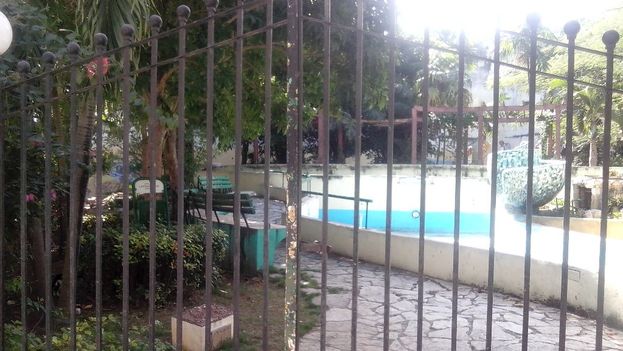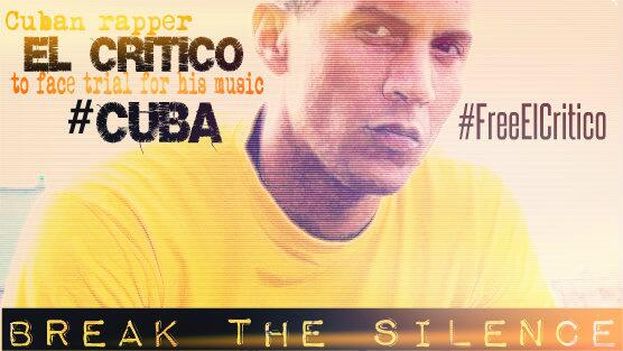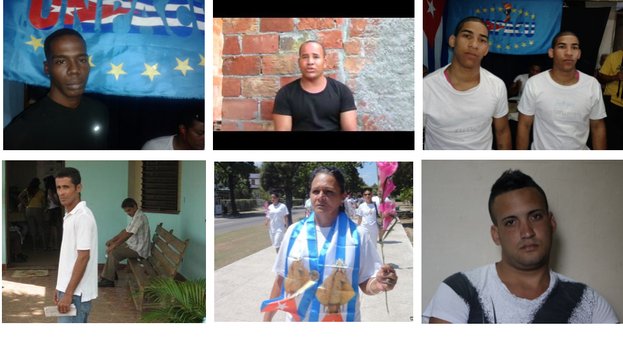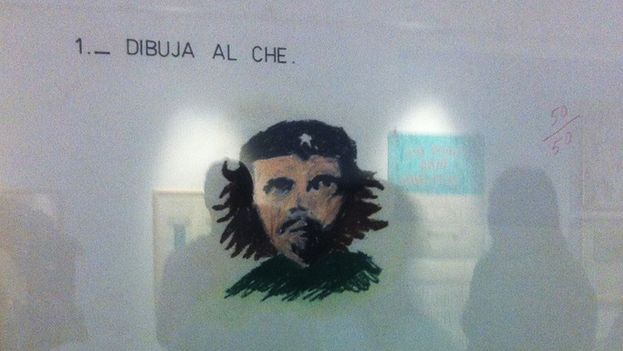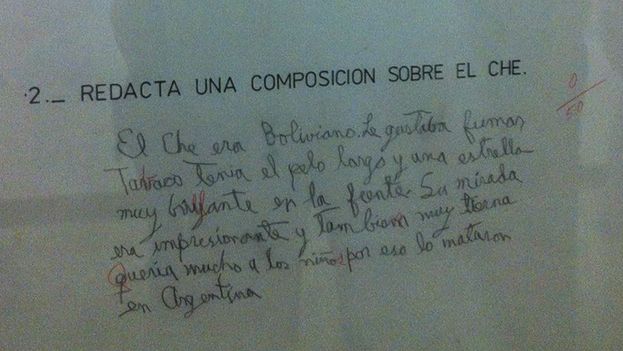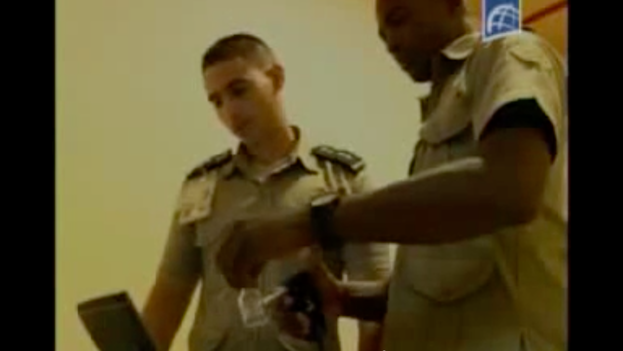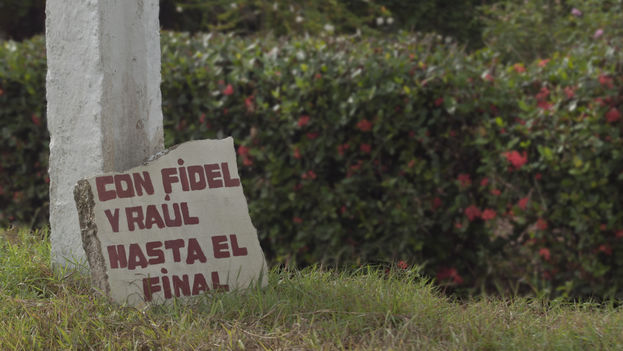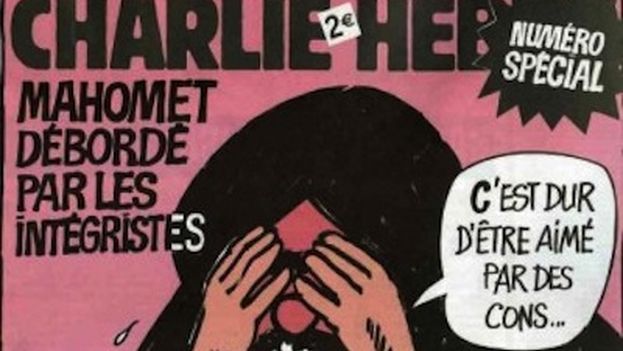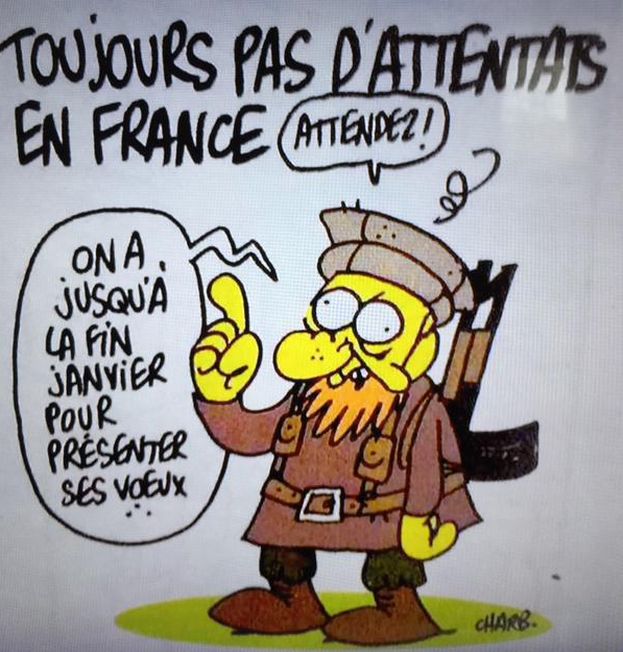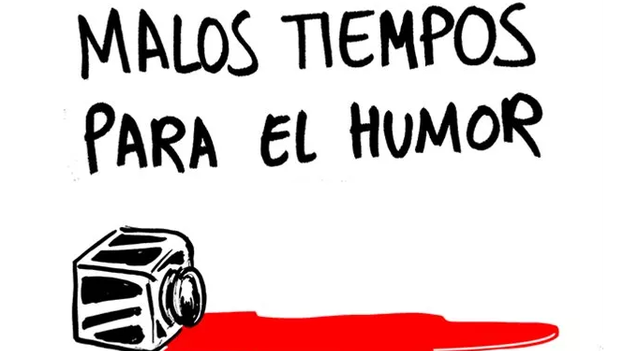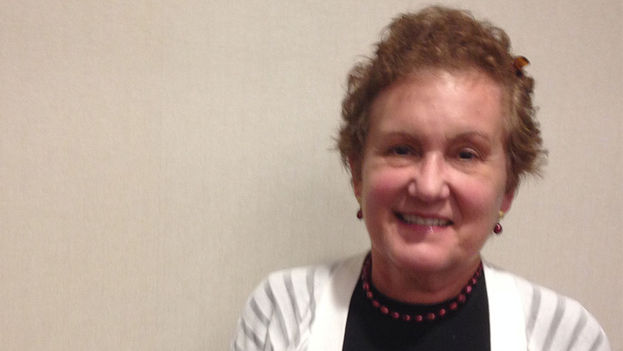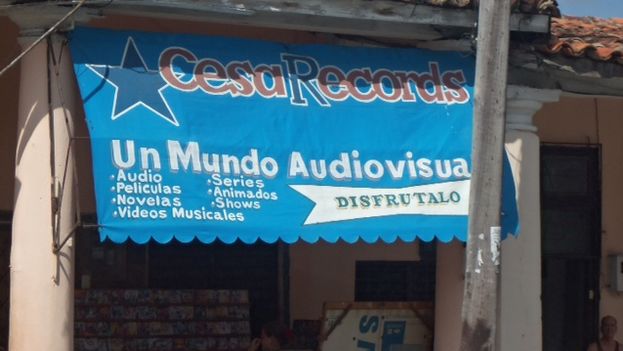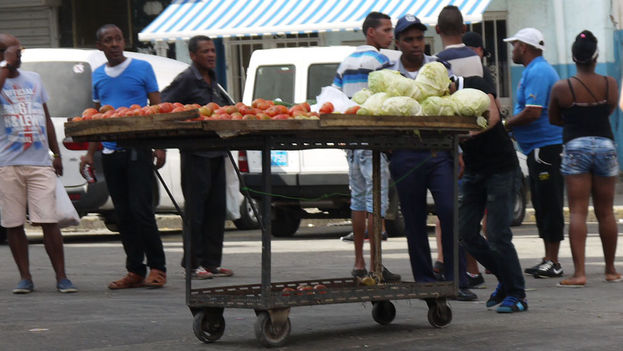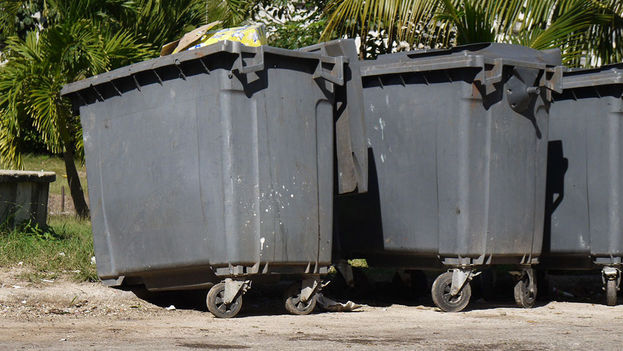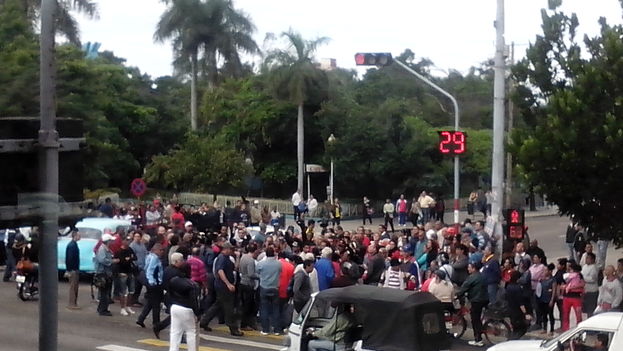The above video is of Yojarne Arce’s protest that eventually led to his arrest.
14ymedio, Yoani Sanchez, 14 January 2105 — Living in Caimanera is like living on an island within the island. On either side of the highway at the entrance can be read “This is the first anti-imperialist trench in Cuba.” The land is arid and three points of police control block any unauthorized person from accessing the town.
In the village adjoining the Guantanamo Naval Base, a young man has woken up in his own bed today after months in prison. Yojarne Arce dreams of being lawyer, although in the last year he has experienced the law from its most arbitrary side, the political prison.
This 35-year-old Guantanameran has been released as a part of the agreements between the Cuban government and the United States. His name is on the list of activists that Raul Castro ordered out of the prisons, in a political game as long-awaited as it is disappointing.
In the cold language of the court record, it says that Yojarne was condemned for the crime of assault, but those who knew his activism said that State Securirty spent time “hunting him down.” It was a matter of time before they trapped him.
In the middle of last year a video raced across social networks and mobile phones. In it the images of a man is seen standing on a telecommunications tower where he displays a sign with the phrase “Cuba violates human rights.” For long minutes he waves the cloth and shouts slogans.
At the foot of the metal structure people are gathered, half curious, half supportive. That day the police could not arrest him, because his neighbors surrounded him and accompanied hi, home. “You’re not going to take him,” shouted some of them at the law enforcement officers.
But the police have the time, all the time, to wait until an inconvenient individual is alone and helpless. That day came. They arrested this young man from Generation Y right in the street, between blows and screams, a few yards from the border than separates Cuban territory and the American naval base.
And what list are you on?
Yojarne spent days of interrogations and threats. Afterwards they took him to the Guantanamo Provincial Prison, a school-style construction in the country where the greatest lesson to be learned is survival. “I went to ‘The Gulf,’ which is what the prisoners call this encampment where I was, because it’s the last, the end of everything.” He spent most of the time among murderers, repeat offenders and rapists.
“From the beginning I behaved like a political prisoner because I helped to organize several protests and defend the rights of other prisoners,” Yojarne said, while his grandfather prepared a taste of coffee to be drunk in one sip, thinking about those days in prison with hardly any breakfast.
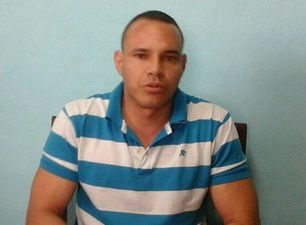
The life of this Patriotic Union of Cuba activist has gone from one list to another. To visit him in Caimanera it’s necessary to sign in on a form that every family has at the police station. “Relatives note the name of whoever wants to spend some days with them and then the person is investigated to see if they can enter the town.” For someone who was studying fifth year law when he was arrested, these restrictions remain intolerable.
He was in the prison yard with the common prisoners when they called him. “Yojarne, get your things, you’re going,” one of the guards told him. At first he thought it was a joke. Between those walls he had been on hunger strike and was in the punishment cell at least three times. The Guantanamo Provincial Prison was his home for six months, a cruel home where he won some small battles and left on parole.
“I started a protest which several inmates joined to demand that they display the prison rules,” he says in a lawyerly tone. He takes his time between one word and another, as if reliving those days and then continues, “I did it so the prisoners could know their rights and know what they had access to.”
The first visit after his release was to his captive village. “Caimanera remains the same, nothing has changed, the people are fed up.” Thus he explains his first impressions. His grandmother waited for him at home, running back and forth with joy. The neighbors also came to hug a man who was once a sports trainer and an improvised physiotherapist in the neighborhood.
“I lost the school year, because the university took advantage of my being in prison to kick me out,” he explained, sadly. He lacked just a few months to obtain the title of lawyer that he had planned to hang on the wall facing the door. “I am going to try again,” he says loudly, although it seems to be a promise he is making to himself.
The phone rings and it’s an activist from Santiago de Cuba who called to report that they wouldn’t let him enter Caimanera because he isn’t “on the list.” Yojarne is trapped in a Cold War bastion that the official discourse itself seems to be rejecting. He has exchanged Guantanamo provincial prison for the wide prison that is Caimanera.

